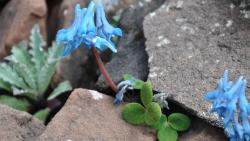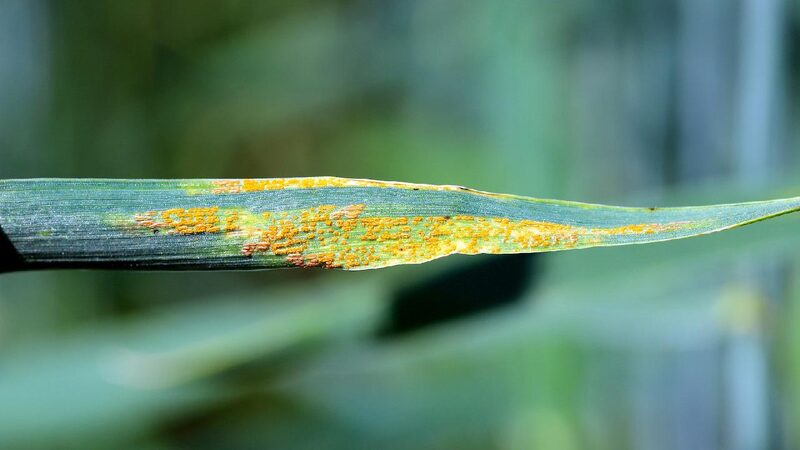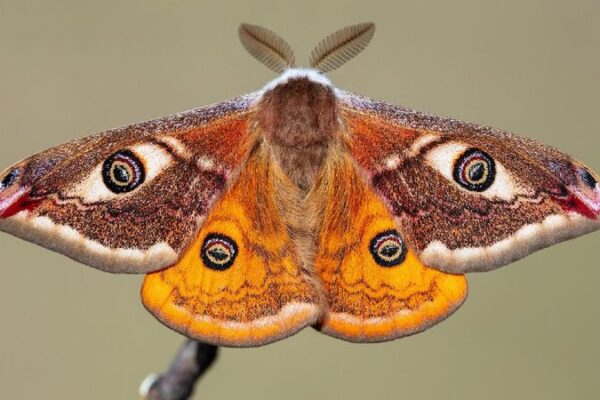High up on the rocky mountains of the Qinghai-Xizang Plateau, a small plant has been playing hide-and-seek with its predators for centuries. Scientists have just unveiled how this alpine plant, Corydalis hemidicentra, uses camouflage to survive—and it’s all in its genes.
This clever plant comes in two types: one with normal green leaves, and another with leaves that are rocky-gray, matching the stones around it. The secret? The gray-leaved plants produce more of certain pigments called anthocyanins, which give them those grayish hues and make them nearly invisible against the rocky backdrop.
For over ten years, researchers, led by Professor Liu Jianquan from Lanzhou University, have studied these plants in their natural habitat. They found that the camouflage isn’t just for show—it actually helps the plants avoid being eaten by the caterpillars of the Parnassius butterfly.
Looking back over the past 500 years, the scientists discovered that populations of the camouflaged plants have stayed more stable than the green ones. And where there are more camouflaged plants, there are fewer Parnassius butterflies.
“This shows how a simple genetic change can have a big impact on how species interact,” said Professor Liu. “It’s an amazing example of how plants and insects evolve together.”
The findings, published in Nature Ecology & Evolution, give us a deeper understanding of how camouflage works in plants and how these adaptations can change the balance between different species in an ecosystem.
Reference(s):
cgtn.com








